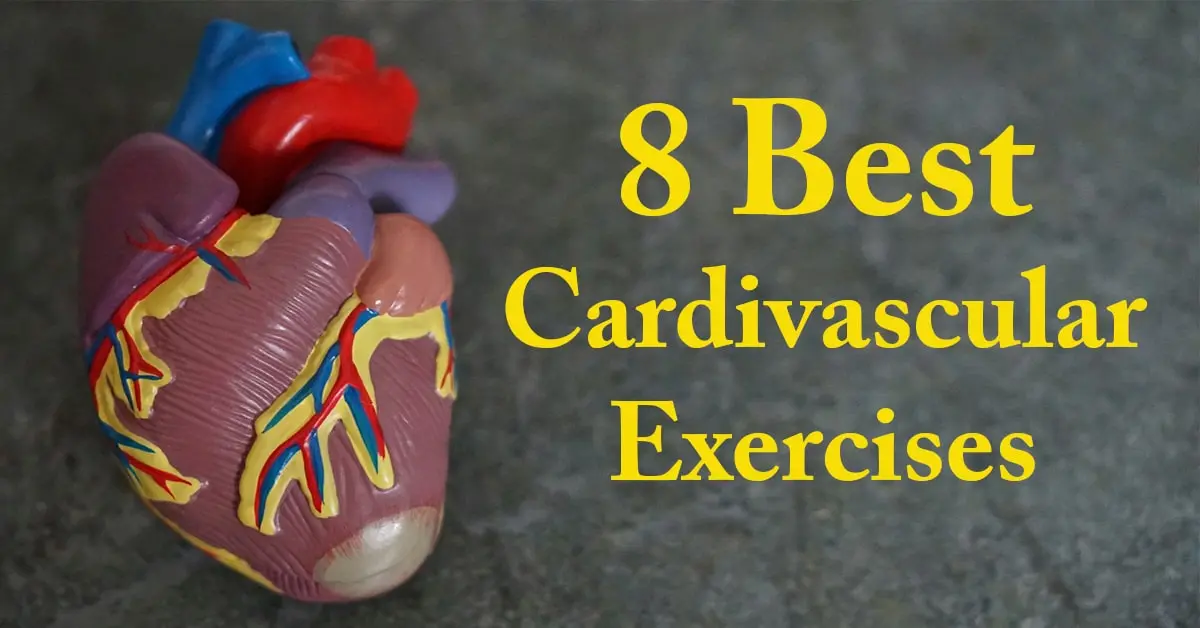The cosmetic procedure of choosing your body fat for treatment has become widespread among patients in aesthetic care. The procedure relies on your existing body fat to create volume while restructuring specific areas. Such procedures provide a secure solution that maintains its natural appearance for an extended period. But healing takes time. Knowing what to expect during recovery is very important.
This guide explains fat grafting recovery time in simple words. We’ll cover what happens day by day. You’ll learn how to heal faster and avoid problems. Let’s begin.
Table of Contents
ToggleUnderstanding Fat Grafting and the Recovery Process
The surgical procedure known as fat transfer or fat injection also operates under the name of fat grafting. Doctors extract fat tissue from one section of your body during the procedure. They then inject it into another part where more volume is needed.
Most patients apply Botox for facial enhancement and buttocks and breast augmentation purposes. People experience a natural plump appearance because of this treatment.

The process depends heavily on successful recovery. Your surgical healing process determines the outcomes of your intervention. Some of the transferred fat may not survive. Good aftercare helps more fat stay in place.
Here is a quick table that shows common terms used:
| Term | Meaning |
| Fat grafting | Moving fat from one body area to another |
| Liposuction | Removing fat using suction |
| Fat survival rate | How much fat stays in place long-term |
| Swelling | Puffy area after surgery |
| Bruising | Discoloration due to broken blood vessels |
What Is Fat Grafting?
Cosmetic surgery includes fat grafting as one of its procedures. Doctors begin by using liposuction to extract fat tissue from the belly and thighs areas. Then they clean and inject this fat into another area.
This method helps contour the body. The skin surface achieves both younger and smoother textures as a result. Due to the use of your own fat there are no safety concerns nor artificial materials.
Fat grafting procedures are commonly used to renew facial appearance and enlarge breasts as well as perform buttock lifts. The procedure wins popularity among patients because it uses natural tissue instead of artificial implants.
Common Areas for Fat Transfer
Fat grafting works for many areas. Doctors often use it on the:
Face: to smooth wrinkles, fill cheeks, cleft chin correction, or treat hollow eyes
Breasts: to add volume or reshape after surgery
Buttocks: to improve shape (like in a Brazilian butt lift)
Hands: to make them look younger
Scars or dents: to improve skin appearance
Each area has a slightly different healing process. But most steps are the same.
Why Recovery Time Matters
Fat grafting recovery time is important for two big reasons. First, you need time for swelling and bruising to go away. Second, the fat cells need time to settle and survive.
If you don’t follow proper care, some fat may die. This means you may lose volume or need more procedures. Good recovery habits increase your fat survival rate.
Also, the final look can take weeks or months to appear. Patience and care are key.
Fat Grafting Recovery Timeline: Day-by-Day Breakdown
Recovery after fat transfer is different for everyone. But most people follow a similar healing pattern. Here’s a general timeline.
Days 1–3: Immediate Post-Op Care
Your discomfort reaches its peak during this tissue condition. These sensations including swelling and soreness and tight feeling of the affected area are expected during this period. You may also see bruising. The treated area may feel firm or numb.
Your doctor may give you pain medicine. You should rest as much as possible. Use cold packs if allowed. Don’t touch or press the treated area.
Drink lots of water. Eat healthy food to support healing. Avoid salty or oily food.
Days 4–7: Managing Swelling and Bruising
Swelling may increase during this time. It peaks around day 4 or 5. Bruising becomes more visible. It may turn purple, green, or yellow.
Continue resting. You can start light walking to help blood flow. This helps reduce swelling.
You should not exercise, lift heavy things, or sleep on the treated area. Keep wearing your compression garments if advised.
Week 2: Visible Improvements and Activity Resumption
By week two, swelling starts to go down. Bruising fades. You’ll begin to see early changes in shape and volume.
Most people can return to work if the job is not physical. Avoid exercise, sauna, or direct sun. Keep eating well and drinking water.
Your doctor may check your progress. They might give the green light for light activity.
Weeks 3–4: Transitioning Back to Normal
Your body is healing well by now. Most swelling and bruising are gone. Some small lumps or firmness may still be present. That is normal and will improve.
You can resume more daily activities. Avoid pressure on the treated area. Some patients may begin light exercise with the doctor’s permission.
The shape of the treated area becomes more visible now.
Month 2 and Beyond: Final Results and Long-Term Care

Around 6 to 8 weeks, your final shape becomes clearer. Most swelling is gone. Fat that survived will stay for good. Fat that didn’t survive has already been absorbed.
You can return to full activity now. But continue to protect the area. Avoid sudden weight loss or gain. This can affect your results.
Tips for a Smooth Fat Grafting Recovery
How to Minimize Swelling and Bruising
Apply cold packs in the first 48 hours. Keep your head elevated if fat was injected in the face. Drink water. Avoid salty foods. Don’t touch or rub the area.
Pain Management and Medication Guidelines
Take only the medicines prescribed by your doctor. Avoid aspirin and anti-inflammatory drugs unless approved. These may affect blood flow and healing. Always ask your surgeon before taking anything new.

Sleep Position and Resting Tips
Sleep on your back or in a slightly upright position. Use pillows to stay in position. Avoid sleeping on the treated area. Sleep helps your body heal.
Staying Hydrated and Eating Right
Drink 8 glasses of water daily. Eat fruits, vegetables, and lean proteins. Avoid junk food. Vitamins like C and E help your skin recover faster.
Importance of Wearing Compression Garments
These garments help reduce swelling. They also support the shape of the treated area. Wear them for as long as your doctor tells you. Don’t skip or take them off early.
Gentle Massaging: When and How
Only start massage when your doctor says it’s safe. This may be after 2 to 3 weeks. Use gentle circular motions. Never press hard. Massage helps fat settle evenly.

What to Avoid During Recovery
Activities That Can Delay Healing
Don’t run, lift, or stretch too much. Avoid sports, gyms, or swimming. These can damage the fat cells. Healing takes time. Be patient.
Products and Habits to Steer Clear Of
Avoid smoking. It lowers oxygen in the blood. This slows healing and kills fat cells. Don’t drink alcohol during the first few weeks. It affects blood pressure and swelling.
Signs of Complications to Watch For
Call your doctor if you have:
- Strong pain that doesn’t stop
- Fever or chills
- Redness that spreads
- Pus or strange discharge
- One side looking very different
These could be signs of infection or fat necrosis. Early treatment is important.
Returning to Daily Life After Fat Grafting
Time Off Work and Exercise
Most patients need 1 to 2 weeks off. Office jobs can return sooner. Jobs that need lifting or moving may take longer. Always ask your surgeon first.
When You Can Resume Showering and Swimming
You can shower after 24–48 hours if your doctor says it’s okay. Avoid swimming for 3 to 4 weeks. Pools and oceans can cause infection if wounds are open.
Returning to Intimacy and Physical Activities
Wait at least 2 weeks. Make sure the area is not sore. Avoid pressure or pulling. Start slow. Listen to your body. It’s okay to wait longer if needed.
FAQs About Fat Grafting Recovery
How Long Should I Take Off From Work?
Take 1 week off if your job is easy. Take 2 weeks if your job is active or physical. You may heal faster or slower depending on your health.
When Will I See Final Results?
Results start to show after 3 to 4 weeks. Full results appear by 3 months. Some small changes can happen for up to 6 months.
What If I Don’t Follow Aftercare Instructions?
Skipping care steps can cause fat loss. You may see uneven results. There’s a higher chance of bruising, pain, or infection. Follow every step carefully.
Can I Speed Up the Recovery Process?
Yes. Sleep well, eat healthy, avoid stress. Don’t touch the treated area. Follow your doctor’s advice. Do not rush to exercise or do hard work too soon.
Preparing for a Successful Recovery
Pre-Surgery Checklist
- Arrange for help at home
- Buy all recovery supplies early
- Stop smoking at least 2 weeks before
- Follow food and medicine advice
Recovery Supplies You’ll Need at Home
Here’s a table to help you get ready:
| Item | Use |
| Cold packs | Reduce swelling |
| Pillows | Sleep support |
| Compression garments | Control swelling |
| Loose clothes | Easy dressing |
| Water bottle | Stay hydrated |
Setting Realistic Expectations
Fat grafting is not a quick fix. You will look swollen first. Some fat may go away. Final shape takes time. Stay positive. Follow all instructions.
Final Thoughts on Fat Grafting Recovery Time
Fat grafting recovery time is a key part of the process. With proper care, results can be beautiful and long-lasting. Be patient. Although healing takes time to become complete, it leads to a worthwhile result.
The combination of proper preparation and medical instructions, together with accurate expectations, leads to a smooth recovery, which enables you to appreciate your new appearance.
Take your time. Stay calm. Let your body heal.
If you ever have questions, always talk to your surgeon.






